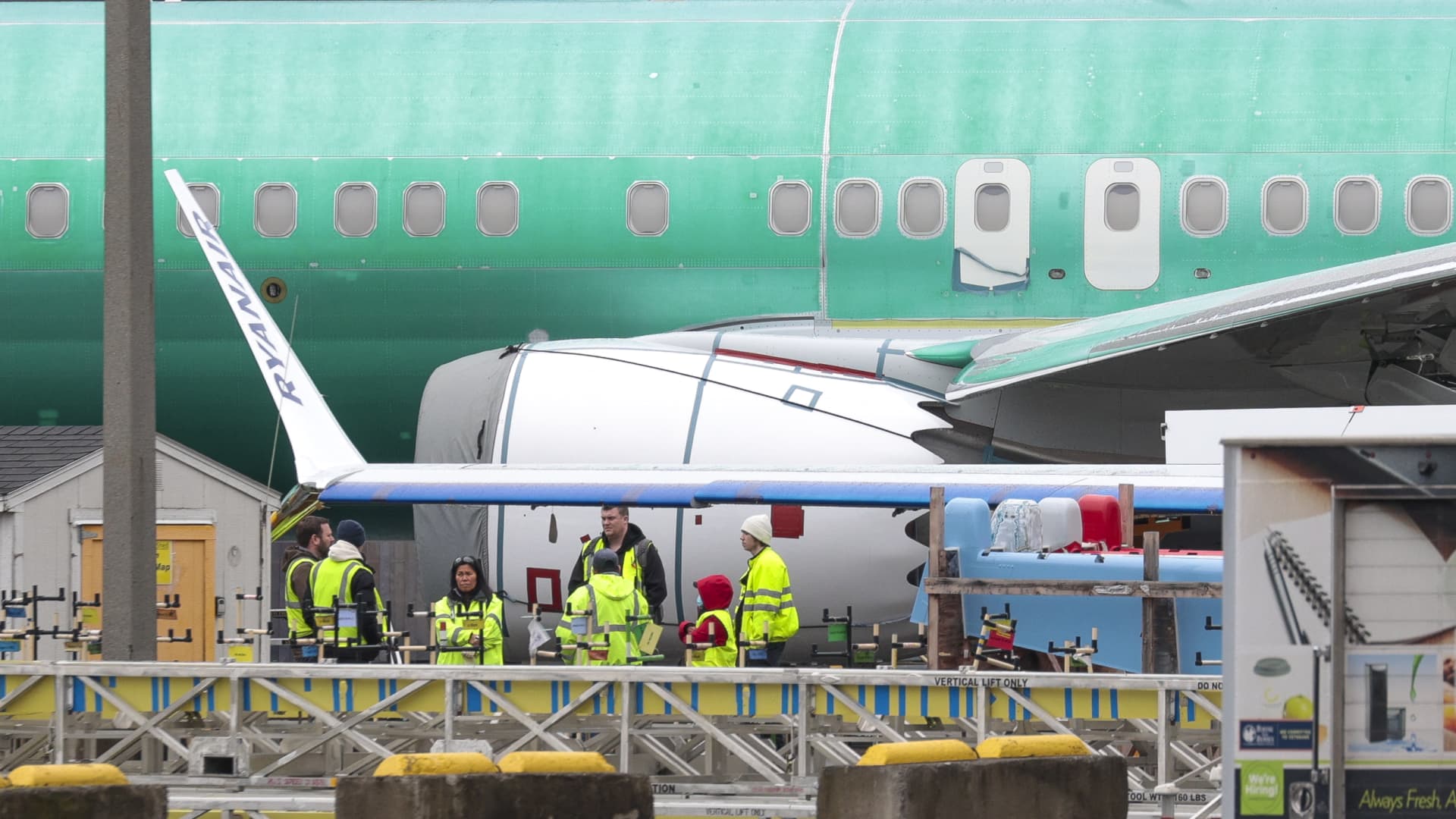Empty rental apartments in Manhattan triple, nearly hitting 16,000

An apartments for rent sign is displayed outside a residential building in Hells Kitchen as the city continues Phase 4 of re-opening following restrictions imposed to slow the spread of coronavirus on August 18, 2020 in New York City.
Alexi Rosenfeld | Getty Images
The number of apartments for rent in Manhattan tripled in September, with nearly 16,000 apartments sitting empty, according to a new report.
There were 15,963 apartments for rent in September, up from 5,299 a year ago, according to data from Douglas Elliman and Miller Samuel. The vacancy rate in Manhattan, which is typically 2% to 3%, is now just under 6%.
With the glut of empty apartments, landlords are being forced to offer ever-higher incentives and ever-lower rents to entice tenants. Listing discounts have tripled, to 4.5%, and landlords are offering an average of two months rent to new tenants.
Prices are also dropping. The median net effective rents, or rents that include concessions, fell by 11% to $3,036. The big question for New York City, which is facing a population decline, higher crime rates and high unemployment, is whether prices can fall enough to lure residents back to the city.
“I don’t think we’re there yet,” said Steven James, president and CEO of Douglas Elliman’s New York City brokerage. “I think we have a little ways to go. The consumer knows the landlords are on the ropes and they know they’ve got them.”
Manhattan rents remain high by national standards. The average rent for a one-bedroom in September was $3,307, while rents for a two-bedroom average $4,817. The low end of the market has been hit especially hard, since lower-paid workers in service industries and restaurants have born the brunt of the economic pain in New York. Rents for studio apartments have fallen by 14%.
Rentals account for two-thirds of the apartments in Manhattan, which is the largest rental market in the country. As rents fall, and more apartments sit empty, the pain could begin to cascade down to smaller, less capitalized landlords and to mortgage lenders and banks. It could also start to impact property tax revenue — which is the largest source of revenue for New York City — as landlords don’t have rental income to pay their taxes.
“The chain reaction is going to be difficult, especially for newer landlords that haven’t been through something like this before,” James said.




